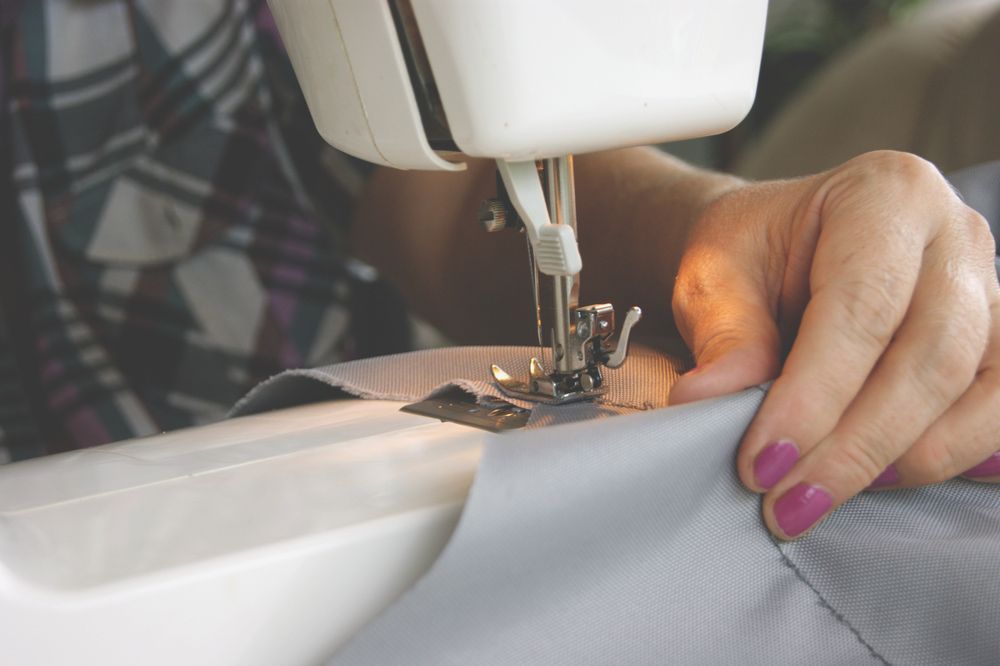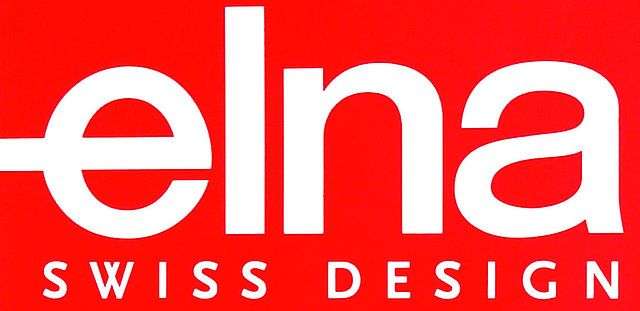The Sewing Machine Doctor
Dedicated Sewing Machine Maintenance on the Sunshine Coast
- 35+ years of experience with a 12-month warranty on parts & workmanship
- Husqvarna Viking Master Technician providing free quotes & pre-purchase advice
- Convenient pick-up & delivery across the Sunshine Coast & Gympie
Get in Touch
35+ Years of Experience
12-Month Parts Warranty
Free Pre-Purchase Advice
Pick-Up & Delivery Services
Excellence in Sewing Machine Maintenance
Look no further than The Sewing Machine Doctor for seamless sewing machine maintenance on the Sunshine Coast. We set the bar high in sewing machine and overlocker servicing and repairs, offering a seamless and hassle-free experience.
Serving the Sunshine Coast, Gympie, Caloundra, Maroochydore, Noosa, Glasshouse Mountains and the Sunshine Coast Hinterland, we ensure that your equipment is in trusted hands. With over 35 years of experience, we provide reliable service and are a trusted name in the region.
Our complimentary quotes, 12-month guarantee on all parts and workmanship and dependable pre-purchase advice help us stand out among the rest. We are proud holders of a Restricted Electrical Licence and are recognised as a qualified Husqvarna Viking Master Service Technician.
Whether you're in Gympie or the Sunshine Coast Hinterland, our pick-up and delivery service makes it convenient for you to access top-notch sewing machine maintenance. With our expertise and commitment to excellence, you can trust The Sewing Machine Doctor to keep your machines running smoothly.
Call us today on 0403 048 507 to book your service or get a free quote.
Our Projects
Explore our gallery showcasing expertly serviced and repaired sewing machines and overlockers, highlighting the quality and precision you can expect from The Sewing Machine Doctor.
What We Do
The Sewing Machine Doctor offers precise servicing to ensure your sewing machines and overlockers operate at peak performance. We stand by our work with a full year's warranty on parts and services.
When your sewing equipment encounters a glitch, our repair services are here to restore functionality with swift precision. Trust in our extensive experience and commitment to quality for reliable and lasting repairs.
Why Choose Our Sewing Machine Maintenance?
At The Sewing Machine Doctor, we're the experts you can trust. Our knowledgeable team offers unmatched precision and efficiency, turning your equipment concerns into solutions. Here's what makes us stand out as the right choice:
- Free Quotes: No surprise costs, only transparent service
- Workmanship Warranty: 12-month guarantee on parts & service
- Trusted Advice: Free, informed guidance before you purchase
- Safety First: Your electrical safety is assured with us
- Master Technician: Expertise from a Husqvarna Viking Master Service Technician
- Convenient Service: Pick-up & delivery at your doorstep
Reach out now to discover more about our offerings or to request a quote. Your satisfaction with our work is our foremost priority.




















